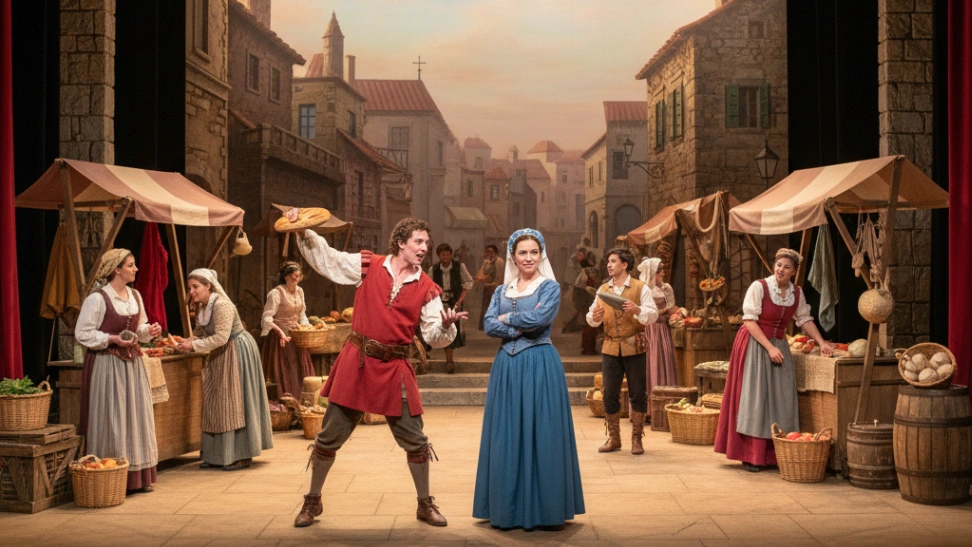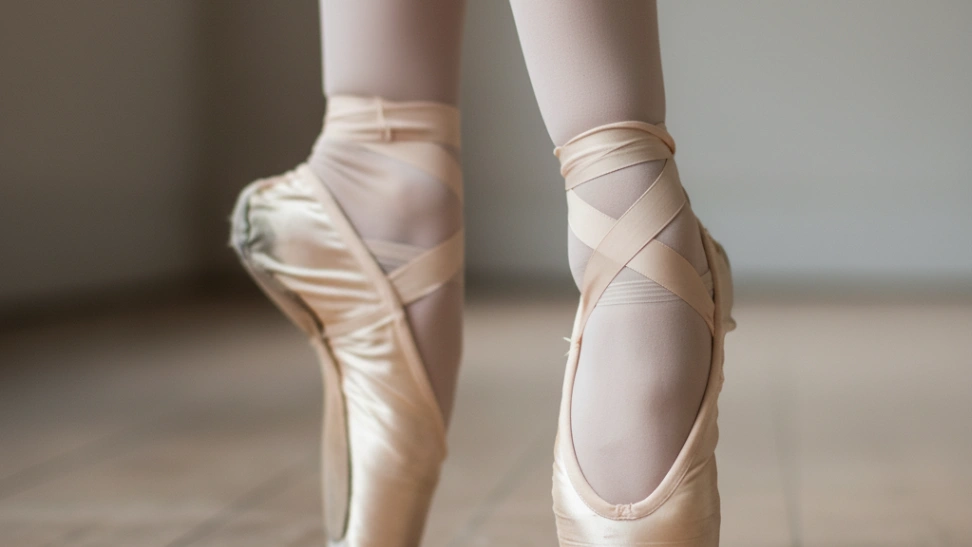Is This Hobby For You?
Ideal for individuals who love dynamic performance, intricate routines, and a strong blend of artistry and athleticism.
Why You'll Love It
- Develop incredible hand-eye coordination and body control.
- Offers a unique and expressive outlet for creativity.
- Join a supportive community and participate in captivating performances.
Good to Know Before You Start
- Requires significant dedication to practice and master techniques.
- Can lead to bumps and bruises from dropped batons during learning.
- Competitive aspects might not appeal to everyone seeking a casual hobby.
Hobby Traits
How the community rates this hobby.
Getting Started: The Essentials
The basic requirements to begin your journey with Baton Twirling.
Startup Cost
$40
Community-voted average
Ongoing Cost
Very Low
Monthly upkeep estimate
Essential Gear
Baton
A weighted, balanced metal or plastic rod specifically designed for twirling and manipulation.
Comfortable athletic wear
Clothing that allows for full range of motion, essential for practice and performance.
Athletic shoes
Supportive footwear crucial for stability, pivots, and jumps during routines.
Learning Curve
Overall Difficulty: Easy
Associated Skills
Skills you can expect to develop while pursuing this hobby.
A Closer Look at the Traits
High-Energy
A high-energy activity that gets your heart pumping and body moving.
Purely for Fun
Pursued purely for enjoyment, relaxation, and the fun of the activity itself.
Indoor/Outdoor Balance
Can be practiced both indoors and outdoors, offering flexibility depending on the weather.
Very Physical
A physically demanding hobby that builds strength, endurance, and coordination.
Purely Creative
A highly creative and expressive outlet for your imagination and artistic side.
Fairly Social
While you can do this alone, it's often more fun with a few other people.
Frequently Asked Questions
Similar Hobbies
Hobby Traits
How the community rates this hobby.



